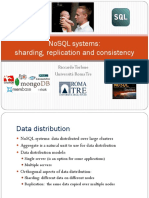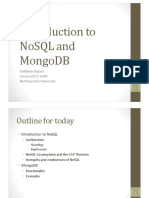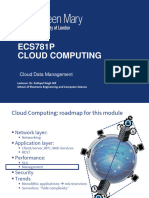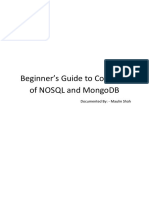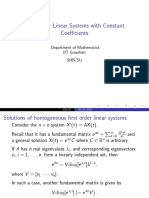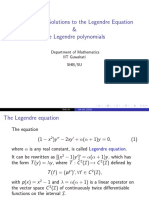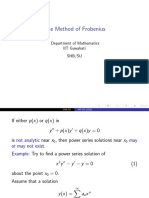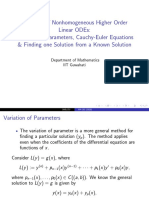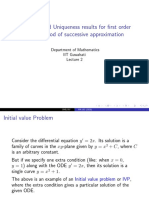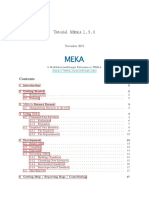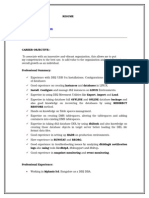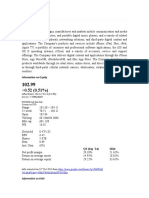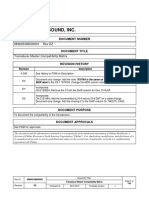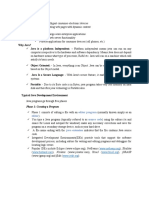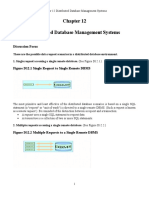0% found this document useful (0 votes)
151 views37 pagesIntroduction To Distributed Databases: Intro To Database Systems Andy Pavlo
The document discusses distributed database systems and introduces key concepts. It covers system architectures like shared memory, shared disk, and shared nothing. It also discusses data partitioning techniques, including naive table partitioning and horizontal partitioning. The document emphasizes that queries should work the same on distributed systems as on single-node systems through data transparency.
Uploaded by
akshayCopyright
© © All Rights Reserved
We take content rights seriously. If you suspect this is your content, claim it here.
Available Formats
Download as PDF, TXT or read online on Scribd
0% found this document useful (0 votes)
151 views37 pagesIntroduction To Distributed Databases: Intro To Database Systems Andy Pavlo
The document discusses distributed database systems and introduces key concepts. It covers system architectures like shared memory, shared disk, and shared nothing. It also discusses data partitioning techniques, including naive table partitioning and horizontal partitioning. The document emphasizes that queries should work the same on distributed systems as on single-node systems through data transparency.
Uploaded by
akshayCopyright
© © All Rights Reserved
We take content rights seriously. If you suspect this is your content, claim it here.
Available Formats
Download as PDF, TXT or read online on Scribd
/ 37





















